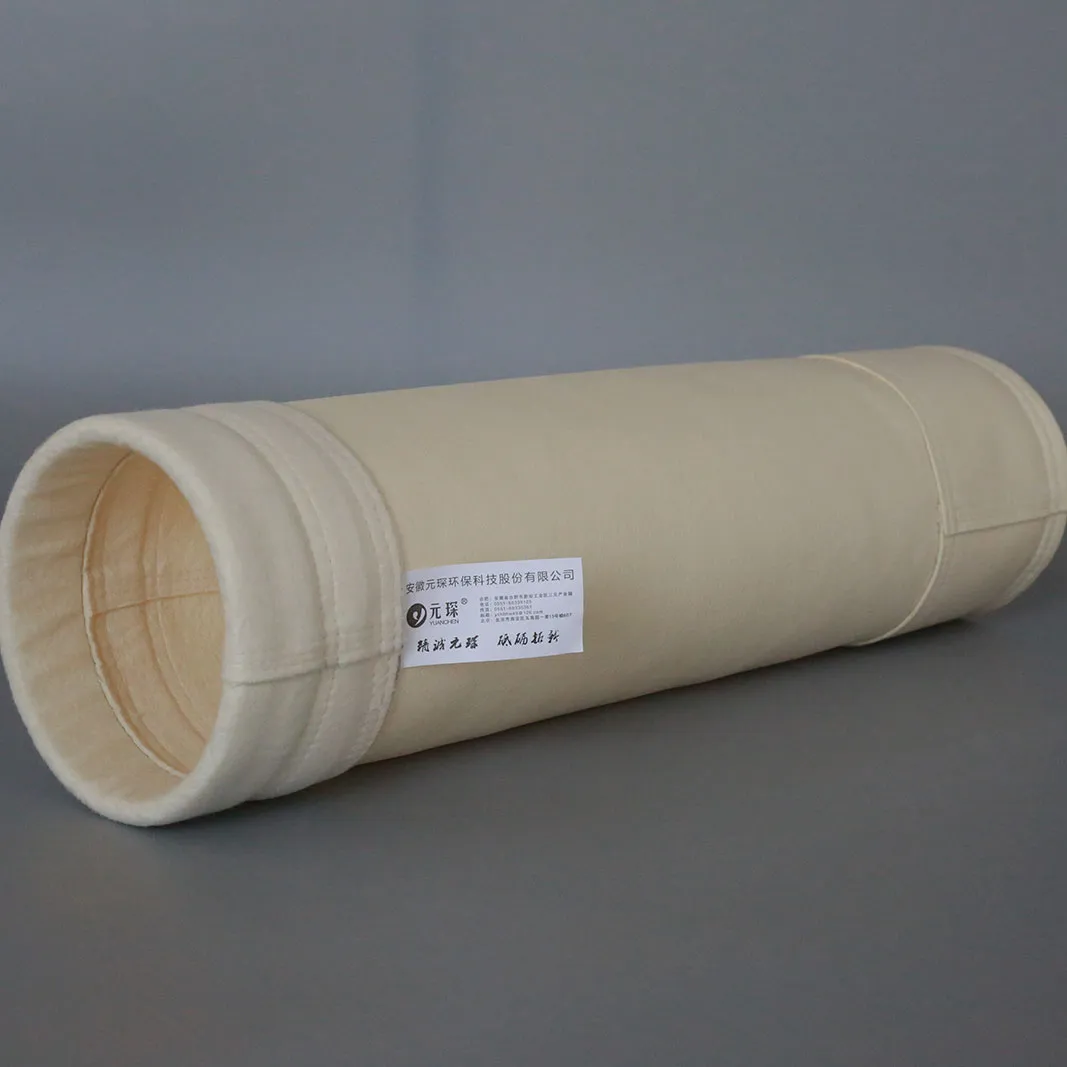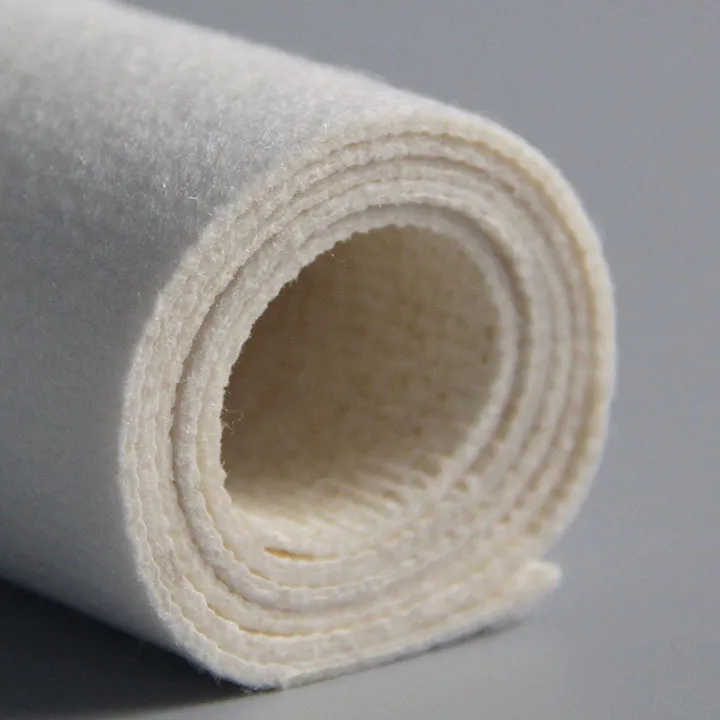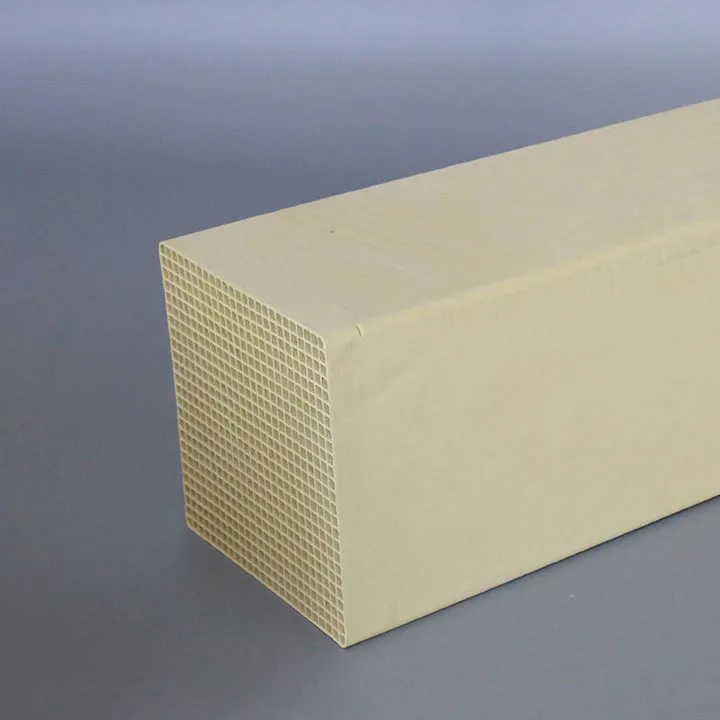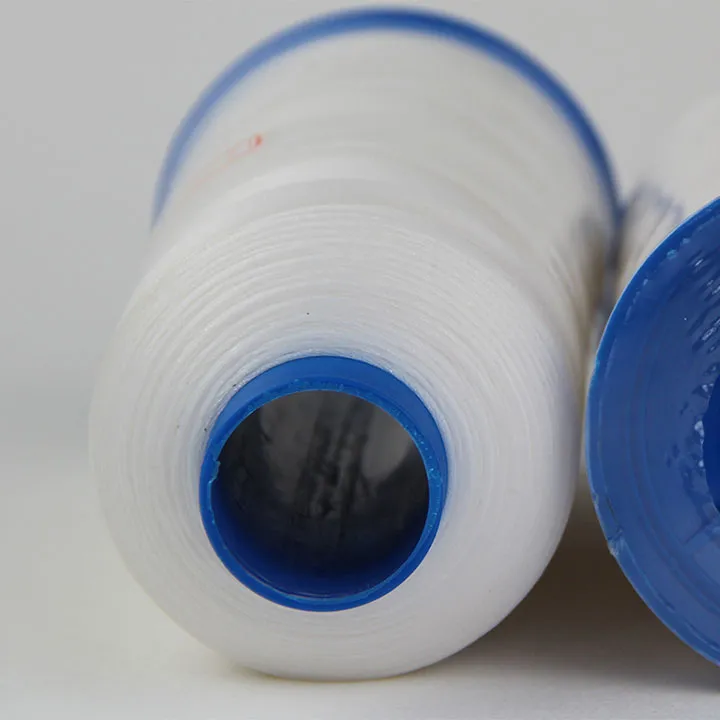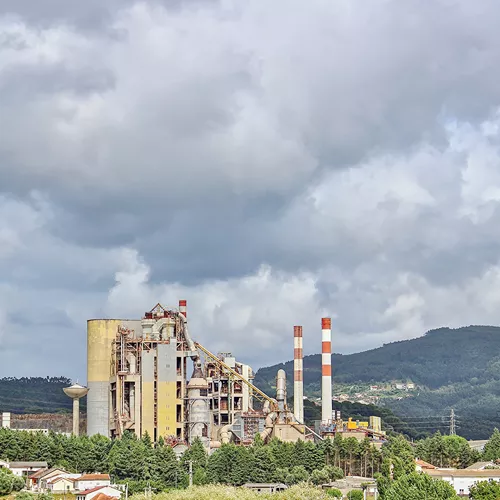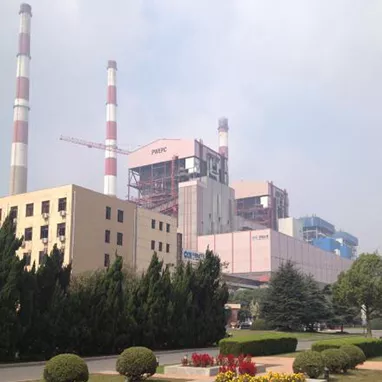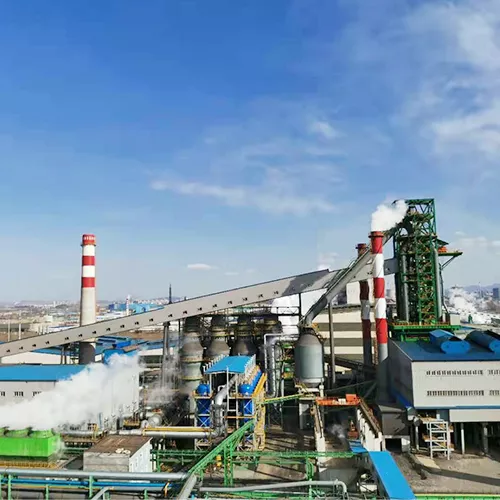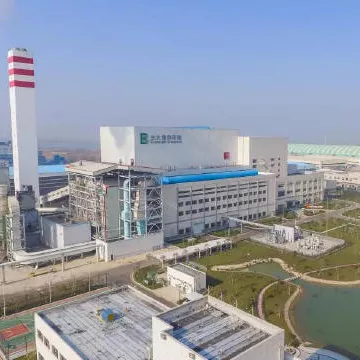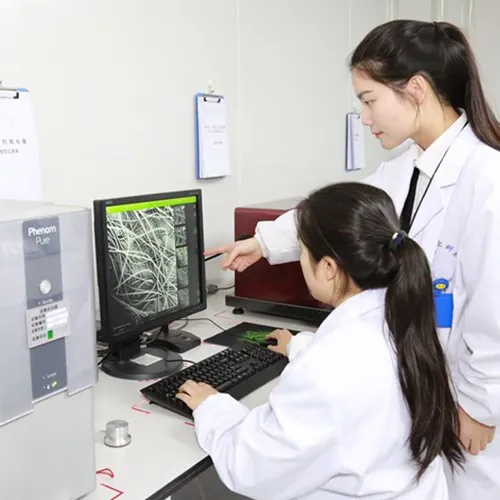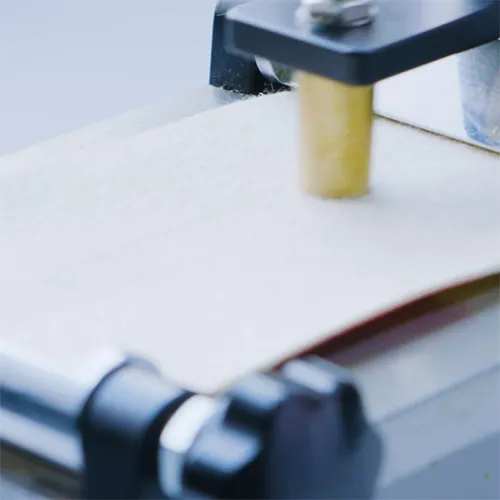How to choose the right dust filter bag according to the actual working conditions?
In industrial dust removal, choosing the right dust filter bag is crucial to ensure the efficient operation of the dust removal system and extend the service life of the filter bag. The following are several key steps to choose dust filter bags according to the actual working conditions:
1. Analyze the working conditions
Temperature: Measure the temperature of the flue gas or gas entering the dust collector. Under high temperature conditions (over 150°C), high temperature resistant materials such as P84, PTFE, glass fiber, etc. are usually required.
Humidity: If the gas contains moisture or may condense, choose materials that are not sensitive to moisture such as PTFE or polypropylene.
Chemical properties: Consider whether the gas or dust contains corrosive components such as acids, alkalis, organic solvents, etc., and choose corresponding corrosion-resistant materials such as PTFE, polyester, etc.

2. Determine the nature of the dust
Particle size: Fine dust particles require higher precision filter materials to capture.
Moisture content: High humidity dust may cause filter bags to be blocked, and the waterproof performance of the material needs to be considered.
Dust concentration: Filter bags working in high-concentration dust environments need to have stronger wear resistance and higher filtration efficiency.
3. Consider process requirements
Filter air speed: Too high air speed may cause filter bags to wear faster, so the wear resistance of the material needs to be considered.
Cleaning method: Different types of cleaning methods (such as pulse jet, back-blowing, vibration, etc.) have different requirements for the mechanical properties of filter bags.
4. Evaluate economic efficiency and feasibility
Cost: Consider the cost of materials and maintenance and replacement costs while meeting technical and environmental requirements.
Supplier resources: Consider the stability of material supply and the technical support capabilities of suppliers.
5. Consult professionals
For special working conditions or uncertain situations, seek advice from professional dust removal technology companies to obtain professional solutions.
6. Conduct testing and evaluation
Before making a decision, you can conduct a small-scale test to observe the actual use effect and then decide whether to apply it comprehensively.
Based on the above factors, you can systematically select the most suitable dust removal filter bag material for a specific industrial environment. For example, fiberglass or P84 is recommended in high temperature environments, while PTFE or polyester may be a better choice in environments with chemicals at room temperature. It should be noted that in actual applications, a trade-off between performance and cost may need to be made.


